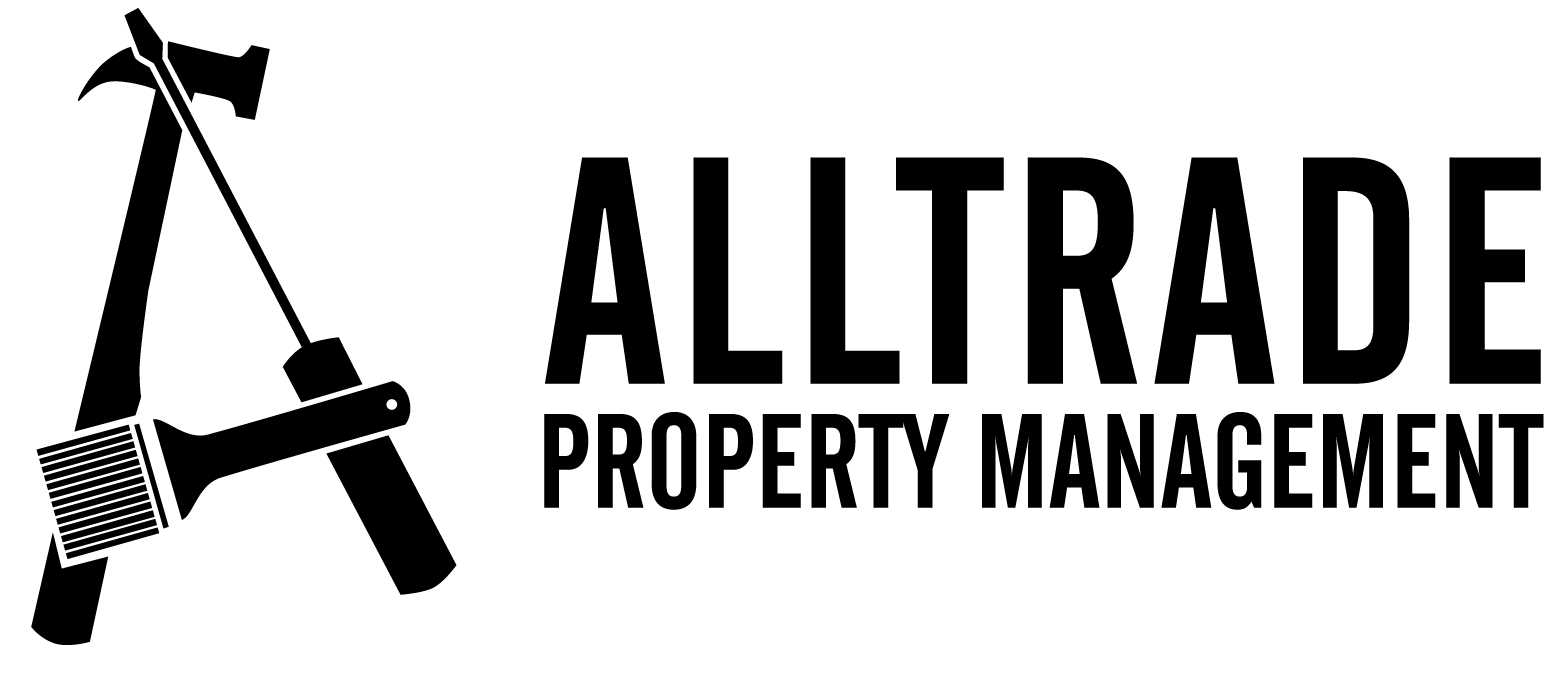How to Calculate the ROI On A Property Investment
How to Calculate the ROI On A Property Investment
If you buy or convert the right property, in the right location, target the right tenants, and be a great landlord. You probably gain yourself a recurring passive income for many years to come. What’s more, your property would probably also be able to appreciate in value over time.
In today’s article, we at Alltrade Property Management, are going to look at the basics that go into investing in a rental property and, most importantly, how to calculate the ROI on property investment.
Are There Different Types of Rental Investments?
For starters, there are various types of rental properties that one can invest in. The most common include single-family homes, vacation homes, condominiums, apartments, townhomes, and duplexes.
Your choice of property should be dependent upon your budget and investment goals. Ideally, when starting out, you may want to consider either a condo or a single-family house. Managing them is generally easier and simpler than a multi-family property.
Aside from the rental property type, another thing you’ll need to look at is the potential ROI of the property. After all, the goal of investing in a rental property is to make money, right? Here’s everything you need to know in this regard.

How do you calculate ROI?
After finding potential property, the next thing is to gauge whether it’s going to be worthwhile or not from an investment point of view. To do this, you’ll need to determine its return on investment (ROI).
A good rental investment is one that is profitable. In other words, it’s one that is going to provide you a good margin after paying off your operational expenses.
ROI measures the profitability of an investment relative to the cost of purchasing the property. The following are the basics you will need to calculate the return on property investment.
- Details about the property, including the square footage, and the number of bathrooms and bedrooms.
- Details on the mortgage, including the closing costs, and the terms of the loan.
- Details about the potential rental income, as well as the anticipated vacancy rate.
- The potential rental costs, such as monthly utilities, monthly repairs, property taxes, and mortgage costs (if any).
With these details in mind, you can then proceed with calculating the ROI on the property investment.
How do you calculate ROI on a rental property?
The following are important terms that you’ll need to understand once you have gathered all the aforementioned information:
The Net Operating Income (NOI)
This is a calculation that can help you analyze how profitable a potential property is going to be. The Net Operating Income is the gross income minus the expenses of operating the property. (NOI = Gross Rental Income – Operational Expenses).
Also, remember that the gross rental income also includes any other non-rent-related income.
A positive NOI means that the investment is profitable. But, if it’s negative, then it’s an indicator of a bad investment. The result of that would be referred to as net operating loss (NOL).

The Capitalization Rate (Cap Rate)
The Cap Rate is a measure that you can use to estimate and compare the rates of return of two or more rental investments. To calculate the cap rate, you’ll need to use the following formula.
- Determine the net operating income (NOI = Gross Rental Income – Operational Expenses).
- Divide the annual NOI by the cost of purchasing the property (Cap Rate = Annual NOI/Property Price).
- Arrive at a percentage by moving the decimal two places to the right.
The Cash-on-Cash Return (CoC)
Cash on Cash Return factors the potential cash income versus the cash invested in a property. To do this, you must divide the after-tax annual cash flow by the cost of buying the property.
Suppose you rent out the property for $3,000 every month. With monthly maintenance fees of $1,000, then the annual pre-tax cash flow would come to ($3,000 - $1,000) X 12 = $24,000. If you divide this amount by the purchase price (assuming it’s $100,000), then this would come to 24%.
Annual Gross Multiplier (GRM)
The Annual Gross Muiltiplier is the ratio of the purchase price of an investment property and the annual gross rental income. The Annual Gross Multiplier can help you estimate the number of years it’d take for the investment to pay itself off.
Suppose a property is selling for $200,000 and it yields a gross rental income of $24,000 every year. Dividing the purchase price by the annual gross rental income yields a gross multiplier of 8.3333. Basically, this means that, if everything else is constant, the property would be able to pay itself off in around 8.5 years.

Bottom Line
Calculating the ROI of a rental investment is key to determining whether an investment is worthwhile or not. As a result, this will help you make an informed decision by investing in the right property.
If you have a question or need expert help in this regard, Alltrade Property Management can help. We’re a professional property management company serving Louisville and the surrounding areas.
We specialize in single-family homes, multi-family communities, and commercial spaces across Eastern and Central Kentucky, Alabama, and Southern Indiana.
